
Are you living with a chronic condition like arthritis, an autoimmune disease, or nerve damage? Feeling frustrated with treatments that only manage symptoms? Maybe you’ve heard exciting stories about stem cell therapy offering hope for real healing, perhaps even seeing clinics abroad promising amazing results at lower prices.
Finding safe and effective stem cell therapy requires careful research and a healthy dose of caution. While the potential is exciting, the field is also filled with unproven treatments and clinics that prey on hope. This guide will walk you through what stem cell therapy really is, the risks involved (especially with traveling abroad), which countries are popular destinations, and most importantly, how to evaluate your options safely. Let’s explore what you absolutely must know.
What Exactly is Stem Cell Therapy?
Stem cells are your body's natural repair system. They are unique cells that can develop into many different types of specialized cells, such as muscle, bone, nerve, or skin cells.
How Does Stem Cell Therapy Work?
Stem cell therapy is based on the concept of harnessing these versatile cells to repair damaged tissues. When introduced into an injured area, stem cells can:
- Regenerate Tissue: Develop into the specific cells needed to repair damage (e.g., cartilage for arthritic knees).
- Reduce Inflammation: Release substances that calm harmful inflammation, which plays a role in many chronic diseases.
- Modulate the Immune System: Help regulate an overactive immune system, crucial for autoimmune conditions like rheumatoid arthritis.
- Signal Healing: Encourage your body’s natural healing processes by signaling other cells.
The Cells Most Often Used:
- Mesenchymal Stem Cells (MSCs): Most commonly used, obtained from umbilical cord tissue, adipose (fat) tissue, or bone marrow.
- Why MSCs? MSCs are known for their anti-inflammatory effects and immune-modulating capabilities. They are easier to harvest than embryonic stem cells, which carry ethical concerns and additional risks.
Why is Stem Cell Therapy So Exciting?
The potential benefits of stem cell therapy are vast, especially for conditions that have limited treatment options or no cure. Some conditions that may benefit include:
- Osteoarthritis: Stem cells might help regenerate cartilage.
- Autoimmune Diseases: Conditions like MS, Crohn’s disease, or lupus may see improvements as stem cells could calm the immune response.
- Neurological Conditions: Research is exploring if stem cells can repair nerve damage (still highly experimental).
- Anti-Aging: Some clinics claim stem cells offer rejuvenation, though evidence is generally weak.
The potential is huge, driving patient hope and research funding. However, it’s crucial to separate real science from speculative treatments.
Why Finding the Best Stem Cell Therapy is Not So Simple
The idea of the best stem cell therapy can vary from person to person and depends on several factors, including the condition being treated, your budget, and your location.
What Defines it?
- Your Specific Condition: A treatment showing promise for knee arthritis might not work for a neurological disorder.
- Your Budget: Stem cell treatments can range from thousands to tens of thousands of dollars.
- Your Location & Willingness to Travel: Travel for treatment (stem cell tourism) can influence your options, but adds another layer of complexity.
Key Criteria for Quality Stem Cell Therapy:
Scientific Proof: Does clinical trial data support the therapy for your condition? Look for published studies in peer-reviewed medical journals.
Red Flags: Treatments based only on patient testimonials or in-house studies without external validation.
Safety: What risks are involved? Even autologous (your own) stem cells can pose risks if not properly handled.
Potential Risks: Infection, immune reactions, blood clots, tumors, or abnormal growths.
Reputable clinics will provide clear information on potential side effects and have protocols to minimize them.
Regulations Matter: Is the therapy approved by regulatory bodies like the FDA or EMA? These agencies ensure rigorous safety standards.
Red Flags: Clinics operating outside these frameworks, offering unproven therapies.
Clinic and Doctor Expertise: Are the doctors qualified in regenerative medicine? Do they have experience treating your specific condition?
Red Flags: General practitioners treating a wide range of conditions rather than specialists.
Cell Quality: What type of stem cells are used? How are they processed, stored, and handled?
Ask: Are the cells viable, potent, and free from contamination?
The Risks of Stem Cell Tourism
Stem cell tourism involves traveling abroad for treatments that may not be available or approved in your home country. While some international clinics may offer legitimate therapies, many clinics exploit regulatory loopholes.
Warnings from Experts:
- Unproven Treatments: Many therapies lack the clinical evidence needed to prove they work.
- Safety Concerns: There have been reports of infections, blindness, and tumors.
- Misleading Marketing: Clinics often use persuasive testimonials and glossy websites, promising cures for conditions like MS, Parkinson’s, or autism, even when evidence is absent.
- Financial Exploitation: The cost of stem cell treatments can be tens of thousands of dollars, often paid upfront with no recourse if the therapy fails or causes harm.
Which Countries Offer Stem Cell Therapy? (Popular Destinations & Caveats)
Several countries have emerged as popular destinations for stem cell therapy, each with its own set of advantages and challenges.
Mexico
Mexico is one of the most frequently chosen destinations for stem cell treatments due to its proximity to the US and Canada, making it easily accessible. The cost is significantly lower compared to the US or Europe, and many clinics target orthopedic conditions like arthritis, autoimmune diseases, and anti-aging. However, the regulatory environment can be less stringent, and clinic quality can vary widely. Treatment costs in Mexico typically range from $5,000 to $25,000 depending on the complexity of the procedure.
Colombia
Colombia has gained a growing reputation for stem cell therapies, particularly for orthopedic, neurological, and autoimmune conditions. Clinics in cities like Bogotá and Medellín are becoming increasingly popular due to their affordability compared to US and European clinics. While the country’s regulations are evolving, it's important to ensure that the clinic complies with national standards. Treatments in Colombia generally cost between $7,000 and $30,000, depending on the type of treatment.
India
India is known for its competitive pricing and skilled medical professionals, many of whom are trained in the US or UK. The country has robust medical infrastructure, especially in major cities like Delhi and Mumbai. Stem cell therapies in India are used for neurological, cardiac, and orthopedic conditions. However, enforcement of regulations can be inconsistent, so careful clinic selection is critical. Treatment costs in India range from $5,000 to $20,000, depending on the condition.
Germany
Germany offers a high level of medical care and is a global leader in regenerative medicine. The country is known for its strict regulations, ensuring that therapies are well-studied and backed by solid scientific evidence. Clinics in Germany often specialize in advanced treatments for orthopedics and neurological conditions. However, the cost of stem cell treatments in Germany can be higher than in other countries, ranging from $10,000 to $50,000 or more, depending on the procedure.
South Korea
South Korea has emerged as a hub for cutting-edge stem cell research, particularly for conditions like spinal injuries, diabetes, and aesthetic applications. The country’s regulatory environment is well-regulated, ensuring that research and treatments are carried out according to high standards. Stem cell treatments in South Korea are generally priced between $10,000 and $20,000, reflecting the high level of technology and standards involved.
Japan
Japan is a leader in iPSC (induced pluripotent stem cells) research, making it a top destination for regenerative medicine. The country’s advanced medical technology and strict regulations mean that patients can access proven treatments more quickly than in some other countries. However, treatments in Japan are typically on the higher end of the price spectrum, starting at around $15,000 and going higher for more complex conditions like neurological diseases.
United States
The US is home to some of the world’s top research centers and offers FDA-approved stem cell therapies, primarily for blood-related conditions like leukemia. However, many clinics in the US operate outside FDA regulations, offering unproven treatments for conditions like arthritis and anti-aging. Costs in the US vary widely, ranging from $5,000 to $50,000, depending on whether the treatment is FDA-approved or experimental.
How Can You Safely Evaluate a Stem Cell Clinic Abroad? (Your Checklist)
Before considering any stem cell therapy, especially abroad:
- Verify credentials & licensing.
- Scrutinize doctor & team expertise.
- Demand scientific evidence.
- Understand the cell product.
- Review the treatment protocol.
- Insist on transparency (costs & risks).
- Read reviews critically.
- Consult your home doctor.
Ready to Explore Safe Options? Your Next Steps
Navigating stem cell therapy requires careful investigation. Always prioritize safety, evidence, and regulatory approval. Be cautious of clinics making miracle claims, especially those operating in regions with lax oversight. Your health is too important to gamble on unproven therapies.
Ready to understand your options better? Contact PlacidWay for guidance on navigating international healthcare choices safely.










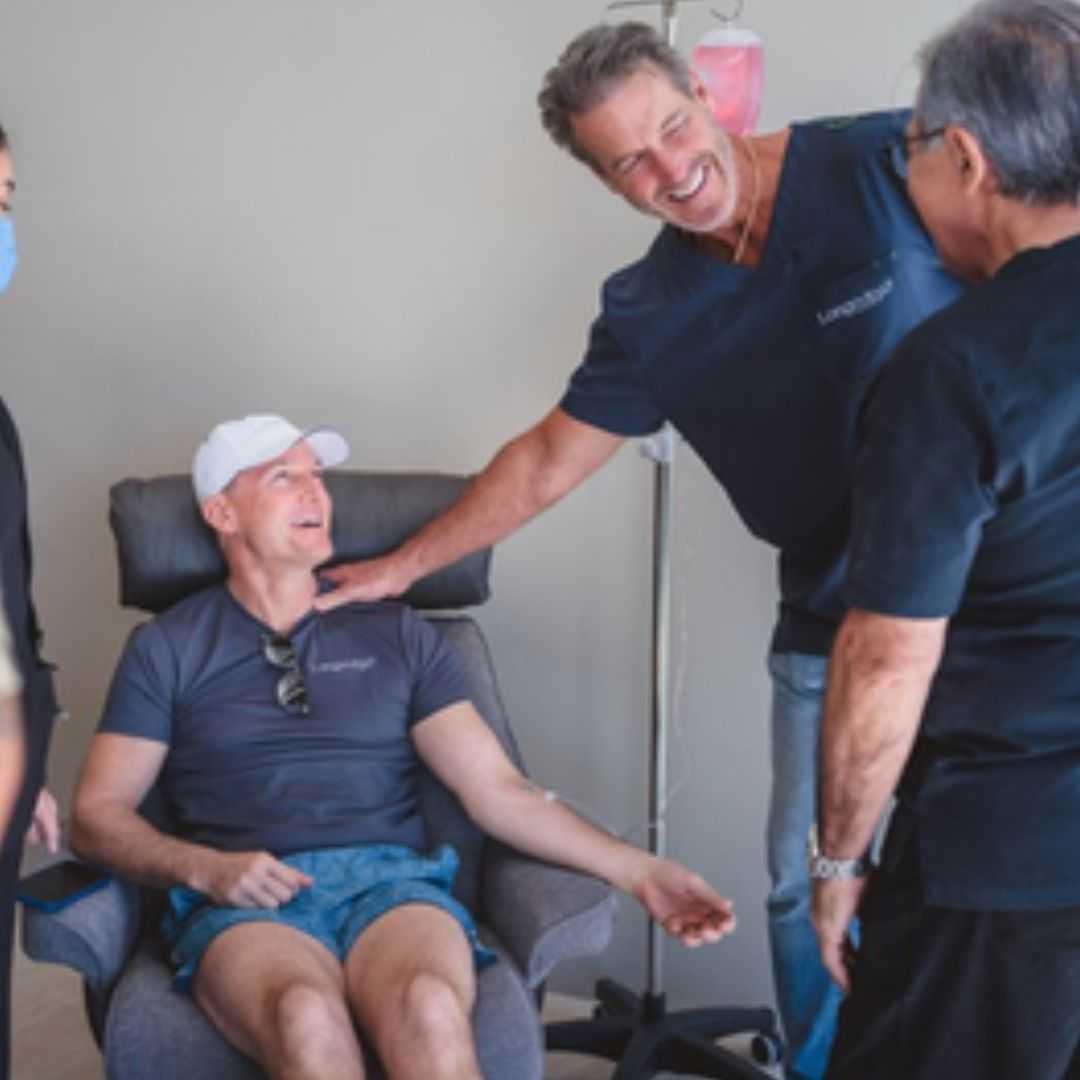
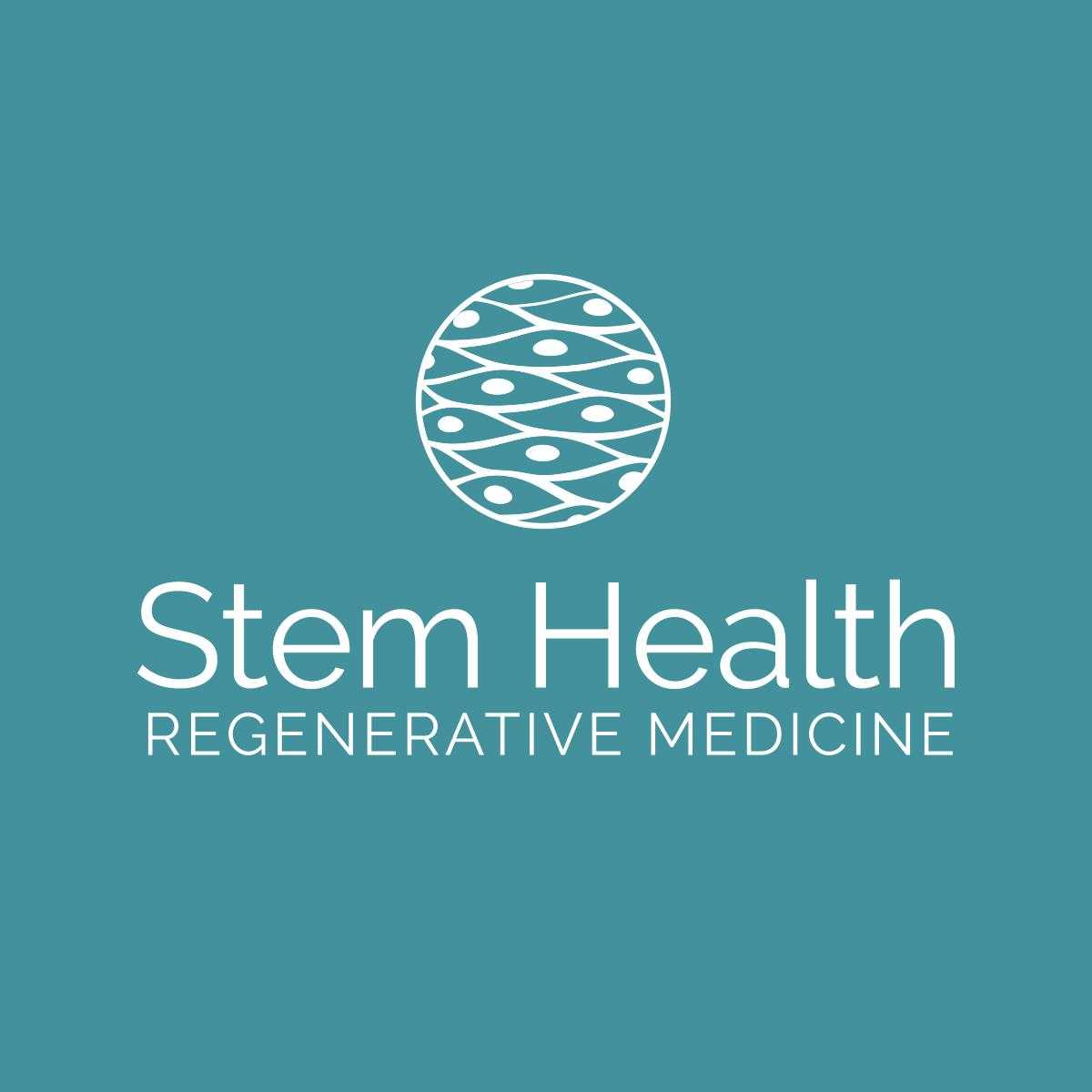
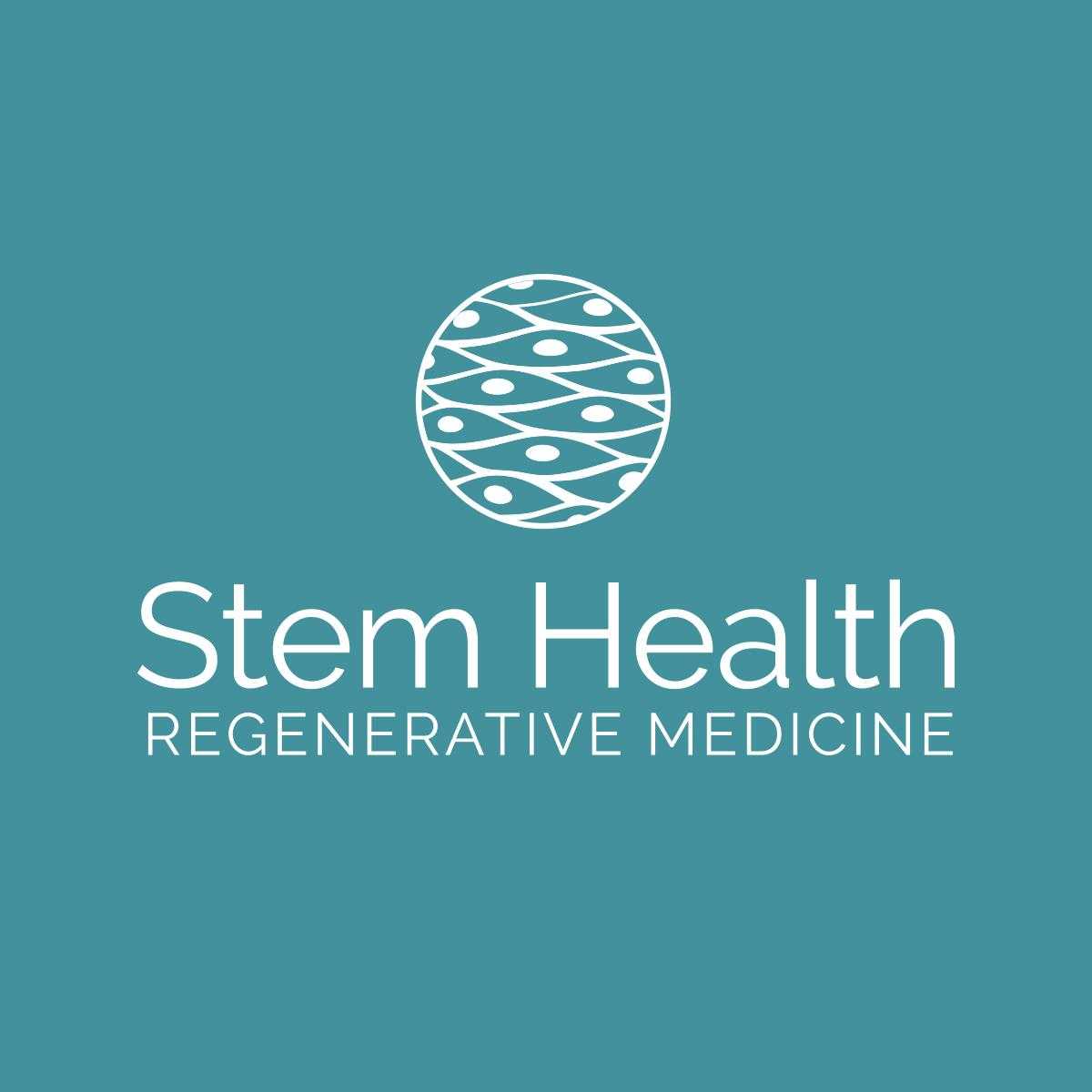
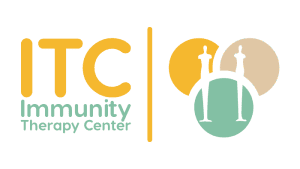
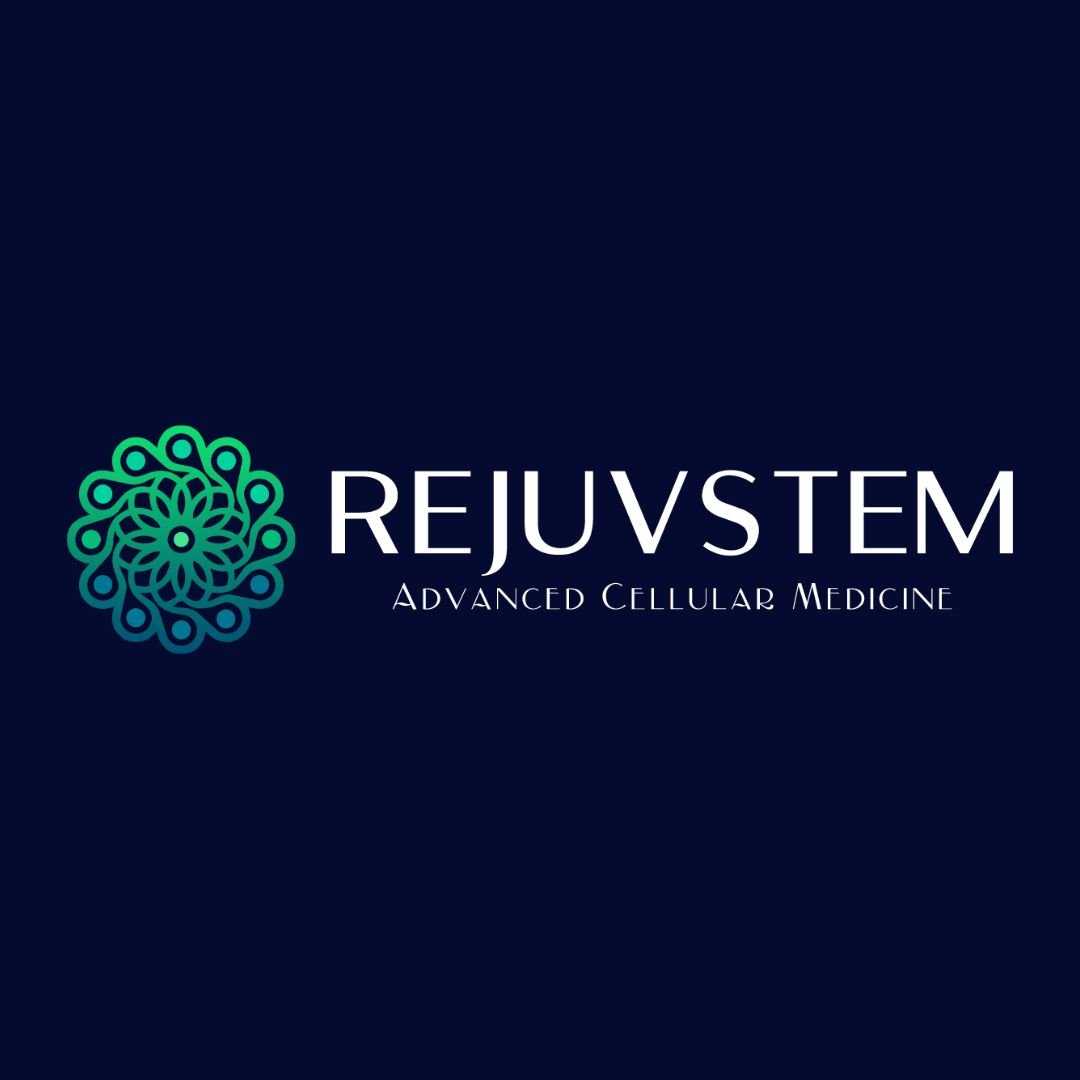
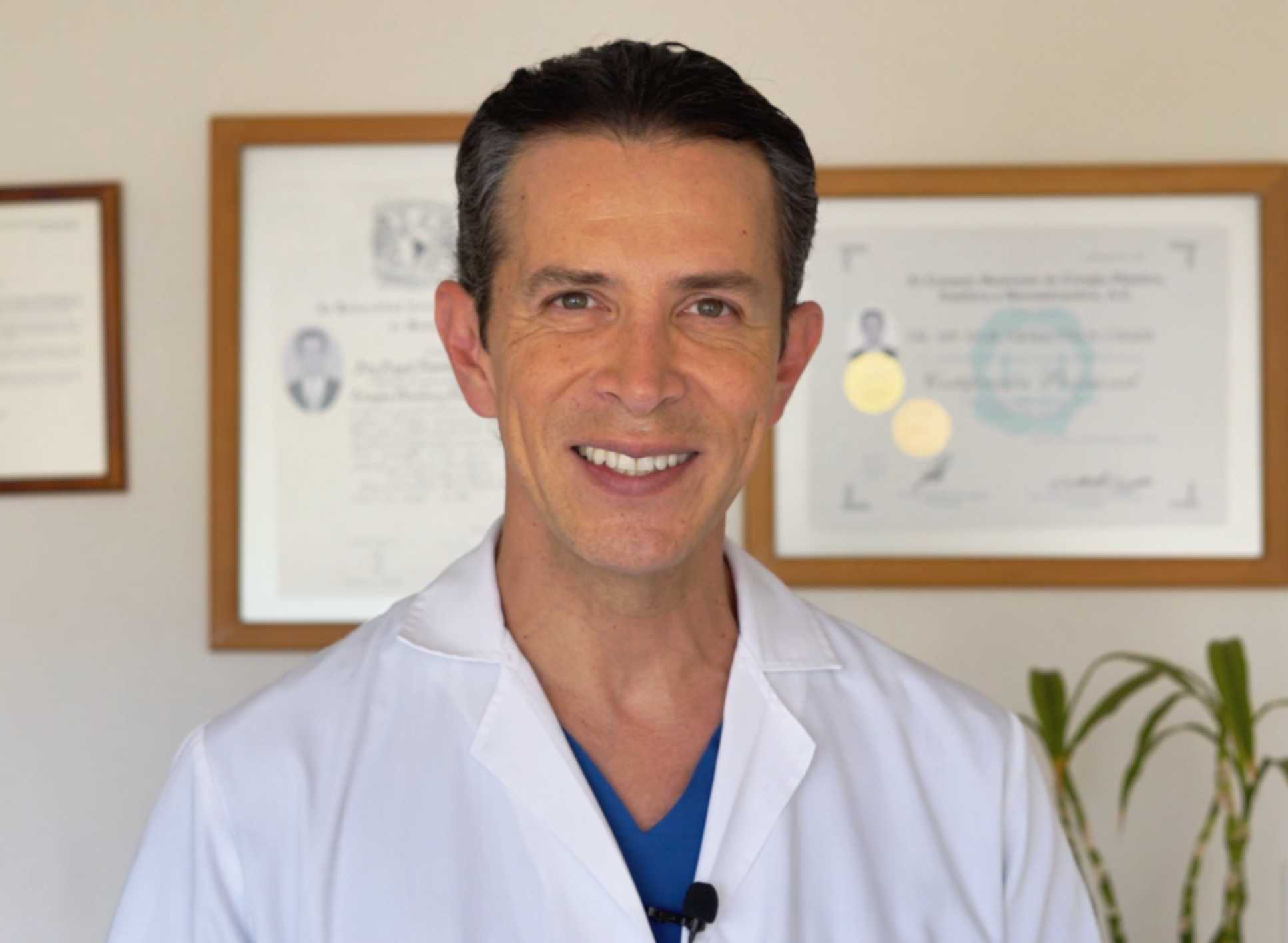

Share this listing